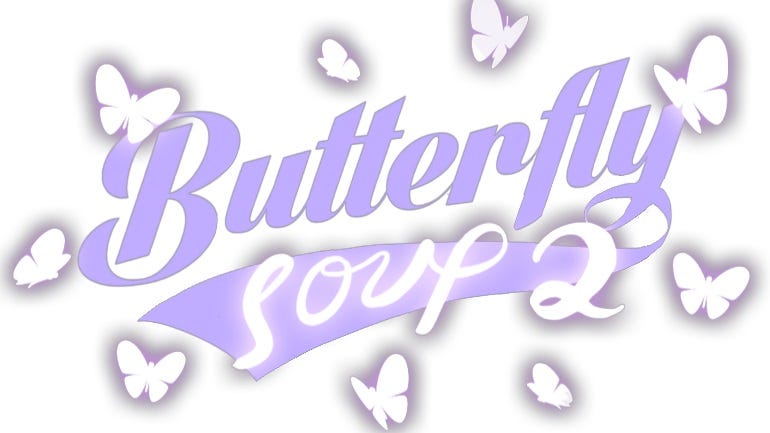
When the first Butterfly Soup arrived back in 2017, it was a surprise hit among queer gamers who were enthralled by its diverse cast of gay teens, its chaotic humour and its poignant exploration of the intersections between sexuality, gender and race - all centred around the joys of baseball. Games like this are still far from the norm and five years ago Butterfly Soup wound up feeling like something of a landmark game for those who had been longing to see themselves and their experiences represented on screen.
In 2022 a sequel arrived and this time it was far from emerging out of nowhere but instead thrown into the waiting arms of an eager audience, myself among them. But a lot has happened between the releases of these games, both in terms of events in the world and the industry itself, with queer representation ramping up somewhat in the time since the original Butterfly Soup. This landmark game's sequel arrived into a very different landscape from the first.
"Back when I started out, I felt alone," Brianna Lei, creator of Butterfly Soup, tells me, to give a lay of the land. "There weren't any Western visual novels that looked like what I was trying to make. The closest thing I had as reference was Brendan Hennessy's 2015 text adventure Birdland. I felt like I was wandering into uncharted territory. Or like I was driving to a restaurant I'd never seen before, without GPS." By her estimation, things have improved a lot and she's happy find her sequel has come with much more company. "Queer visual novels have become common enough that a few of them were even released pretty close to Butterfly Soup 2. It's like other people joined me in the woods I was lost in, and together our footsteps have formed a trail in the dirt. I don't feel like a madwoman muttering to herself in the wilderness anymore!"
